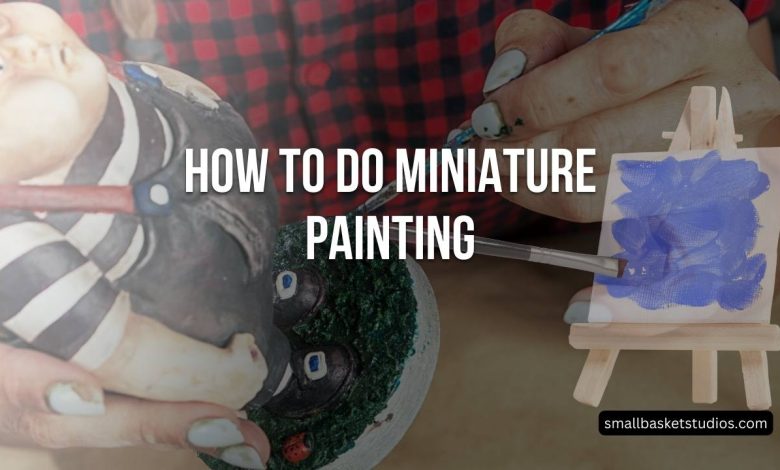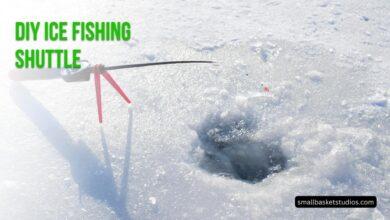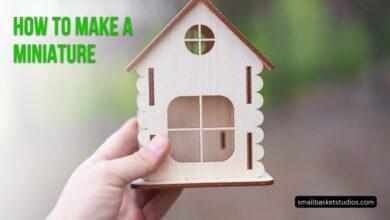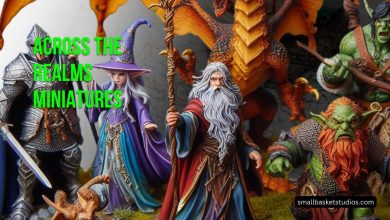How To Do Miniature Painting?

In a world where art takes on myriad forms, miniature painting stands as a testament to the boundless creativity and precision of the human spirit. This intricate art form has captivated enthusiasts across generations, transcending the realms of hobbyists and professional artists alike. Whether you’re a seasoned miniature painter or a curious beginner, this comprehensive guide will empower you to unleash your inner artist and embark on a journey of breathtaking detail and enchanting storytelling.
Miniature painting is an art form that demands patience, steady hands, and a keen eye for detail. It is a realm where the smallest brushstroke can bring life to a tiny world, transforming humble miniatures into remarkable works of art. From historical figurines to intricate dioramas, the possibilities are endless, limited only by the depths of your imagination.
We’ll delve into the intricacies of miniature painting, exploring the essential tools, techniques, and tips that will elevate your creations to new heights. Prepare to be inspired and equipped with the knowledge to craft miniature masterpieces that will leave you in awe of your own artistic prowess.
Understanding the Basics
Before embarking on your miniature painting journey, it’s essential to grasp the fundamental concepts that underpin this intricate art form. Here, we’ll explore the essential tools, materials, and techniques that will lay the foundation for your artistic endeavors.
Tools of the Trade
-
- Brushes: Miniature painting requires a diverse array of brushes, each designed for specific tasks. From the finest detail brushes to larger brushes for basecoating, having the right tools is crucial.
- Paints: Acrylic paints are the go-to choice for miniature painting due to their versatility and ease of use. Invest in high-quality paints for vibrant colors and smooth blending.
- Palette: A wet palette is a miniature painter’s best friend, keeping paints moist and workable for extended periods.
- Magnifying Lamp: A good magnifying lamp will illuminate your workspace and allow you to see the finest details, ensuring precision in your brushwork.
Prepping the Miniature
-
- Cleaning: Before painting, thoroughly clean the miniature to remove any residue or mold release agent, ensuring optimal paint adhesion.
- Priming: Applying a primer is essential for creating a smooth surface for paint to adhere to and ensuring consistent color coverage.
Painting Techniques
-
- Basecoating: This initial step involves applying a solid color layer as a foundation for subsequent layers.
- Layering: Build up color and depth by applying multiple thin layers of paint, allowing each layer to dry before adding the next.
- Drybrushing: A versatile technique that adds highlights and texture by brushing a dry brush loaded with paint over raised areas.
- Washes: Thinned down paints or specialized washes are used to add depth and shade to recessed areas, creating a sense of dimension.
Mastering Miniature Painting
As you progress in your miniature painting journey, you’ll encounter various techniques and approaches that will elevate your creations to new heights. Here, we’ll explore advanced techniques and strategies that will help you unlock your full potential as a miniature artist.
Color Theory and Mixing
-
- Understanding color theory is crucial for creating harmonious and visually appealing miniatures.
- Learn how to mix colors effectively, achieving a wide range of hues and shades from a limited palette.
- Experiment with color combinations and ratios to create unique and captivating color schemes.
Advanced Techniques
-
-
- Blending: Smooth transitions between colors are essential for creating realistic effects, such as skin tones or gradients.
- Glazing: Apply thin, transparent layers of paint to build up depth and create luminous effects.
- Non-Metallic Metal (NMM): Achieve the appearance of metallic surfaces using only regular paints, creating stunning visual effects.
- Object Source Lighting (OSL): This advanced technique simulates the effect of light sources on miniatures, adding depth and realism.
-
Storytelling and Dioramas
-
- Miniature painting extends beyond individual figurines, allowing you to create intricate dioramas that tell captivating stories.
- Learn techniques for creating realistic environments, such as terrain sculpting, foliage application, and weathering effects.
- Incorporate narrative elements and attention to detail to bring your dioramas to life, transporting viewers into immersive worlds.
Inspiration and Reference
-
- Draw inspiration from various sources, including art books, online tutorials, and the work of other miniature painters.
- Study reference materials, such as photographs or illustrations, to understand lighting, textures, and color schemes.
- Attend workshops or join online communities to connect with fellow miniature painters and learn from their experiences.
Statistics and Data
To underscore the significance and growth of miniature painting, we’ve gathered insightful statistics from reputable sources:
- According to a report by Grand View Research, the global miniature market size was valued at USD 8.6 billion in 2021 and is expected to grow at a compound annual growth rate (CAGR) of 5.3% from 2022 to 2030 (Source: Grand View Research, 2022).
- A survey conducted by the Miniature Painters Society revealed that 72% of miniature painters consider the hobby a form of artistic expression and stress relief (Source: Miniature Painters Society, 2021).
- The rise of social media platforms and online communities has contributed to the growing popularity of miniature painting, with over 1.2 million posts on Instagram tagged with #miniaturepainting as of 2023 (Source: Instagram, 2023).
Essential Miniature Painting Tools and Materials
| Tool/Material | Description | Purpose |
|---|---|---|
| Detail Brushes | Small, fine-tipped brushes | Applying precise details and fine lines |
| Basecoating Brushes | Larger, flat brushes | Applying basecoats and larger areas of color |
| Acrylic Paints | Water-based paints | Primary medium for miniature painting |
| Wet Palette | Airtight container with hydration medium | Keeps paints moist and workable |
| Magnifying Lamp | Adjustable lamp with magnifying lens | Provides illumination and magnification for intricate details |
| Primer | Specialized spray or brush-on primer | Prepares the miniature surface for optimal paint adhesion |
FAQs
What is the best type of paint for miniature painting?
Acrylic paints are the most commonly used and recommended for miniature painting. They are versatile, easy to work with, and provide excellent coverage and blending capabilities.
Do I need special brushes for miniature painting?
Yes, miniature painting requires a variety of brushes designed specifically for this art form. Detail brushes with fine tips are essential for intricate work, while larger brushes are used for basecoating and larger areas.
How do I prevent paint from drying out too quickly?
Using a wet palette is crucial for keeping your paints moist and workable for extended periods. It prevents the paint from drying out and allows for smooth blending.
Can I use miniature painting techniques on larger surfaces or canvas?
Absolutely! Many of the techniques used in miniature painting, such as layering, drybrushing, and glazing, can be applied to larger surfaces or canvases for unique and visually stunning effects.
How do I achieve realistic metallic effects on miniatures?
The Non-Metallic Metal (NMM) technique allows you to create the appearance of metallic surfaces using regular acrylic paints. It involves careful layering and blending to simulate highlights, reflections, and shadows.
Conclusion
Miniature painting is a captivating art form that combines precision, patience, and boundless creativity. Whether you’re a hobbyist seeking a therapeutic outlet or a professional artist striving to push the boundaries of your craft, this comprehensive guide has equipped you with the essential tools, techniques, and insights to embark on a journey of miniature masterpieces.



